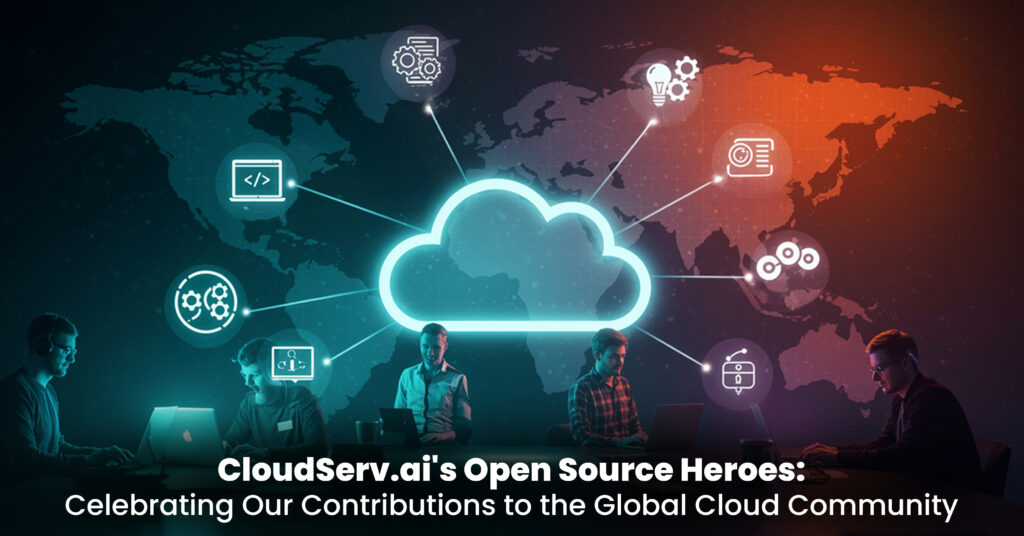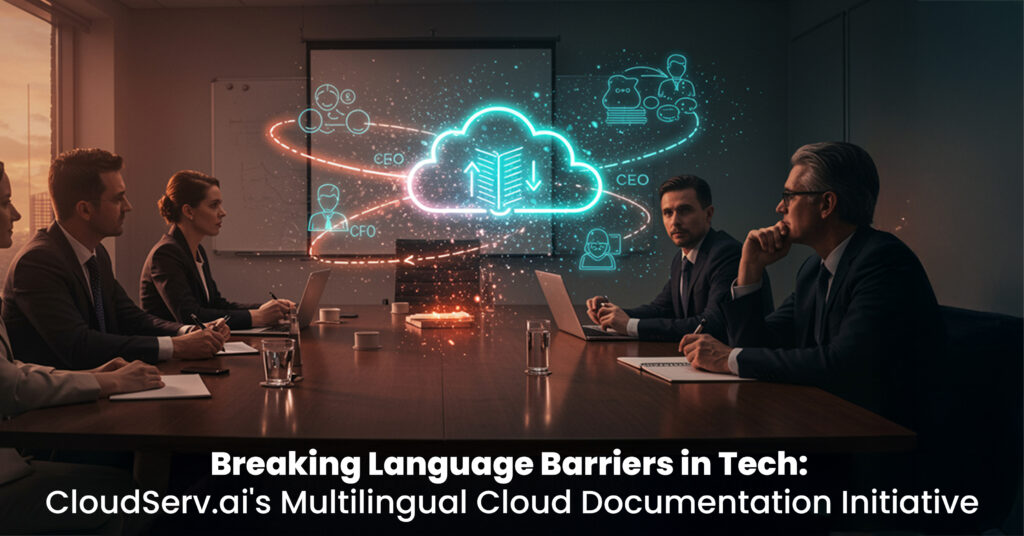In the fast-paced world of enterprise IT, system reliability is everything. As businesses become more dependent on complex cloud-based environments, ensuring uptime and smooth performance becomes increasingly challenging. This is where the combination of AIOps (Artificial Intelligence for IT Operations) and SRE (Site Reliability Engineering) is stepping in, transforming how companies maintain reliable, scalable systems. When AI takes over enterprise reliability engineering, it’s not just about keeping the lights on it’s about predicting, preventing, and solving issues faster than ever before.
Let’s dive into this powerful combo of AIOps and SRE, and explore how they work together to make enterprise systems smarter, more efficient, and, most importantly, more reliable.
What is AIOps? Let’s Break It Down
AIOps, simply put, is the application of AI and machine learning to IT operations. Instead of relying on traditional monitoring tools that simply alert you to issues after they happen, AIOps uses data to predict and resolve issues before they impact your systems. This involves analyzing large volumes of data from across your environment logs, metrics, events, and more and then applying AI algorithms to automatically detect anomalies, correlate events, and even suggest or execute fixes.
In essence, AIOps is like the brain behind your IT operations, constantly learning from past events and optimizing processes to handle future issues proactively. It’s a powerful tool in ensuring that your systems run smoothly, and most importantly, stay online and available.
What Exactly is Site Reliability Engineering (SRE)?
At the core of Site Reliability Engineering (SRE) is the idea that reliability isn’t just a job for operations teams; it’s a fundamental responsibility shared across the entire engineering organization. SRE teams apply software engineering principles to operations, focusing on building systems that are scalable, reliable, and efficient while automating repetitive tasks. SRE is all about service-level objectives (SLOs), service-level indicators (SLIs), and error budgets essentially, defining what level of reliability is acceptable and how to measure it.
The SRE approach emphasizes automation and resilience, embracing the fact that systems will fail, and the key is to design them to recover quickly. It’s a mindset shift from firefighting incidents to building reliable systems that are easy to monitor, fix, and scale.
A Perfect Match: AIOps and SRE
Now, let’s get to the exciting part how AIOps and SRE come together to create an unstoppable force for enterprise reliability. On its own, SRE offers the processes, practices, and mindset for keeping systems running smoothly, but AIOps brings the power of AI to make those processes more automated, intelligent, and proactive.
Here’s how they complement each other:
- Predictive Analytics: AIOps leverages machine learning to identify patterns in vast amounts of data, allowing SRE teams to predict potential failures or performance degradation before they happen. Imagine knowing about a server going down or a spike in traffic before it happens this gives your team time to take action, preventing disruptions.
- Automated Incident Response: Traditionally, incidents are detected by monitoring tools, and then manually resolved by engineers. With AIOps, the system can automatically resolve common incidents (like restarting a service or scaling resources) or even suggest the best course of action based on past data. This reduces human intervention and allows SRE teams to focus on more critical tasks.
- Event Correlation: SREs can get overwhelmed by a flood of alerts and events. AIOps helps by correlating data from multiple sources to identify the root cause of issues quickly, instead of wasting time sorting through individual alerts. It’s like having a personal assistant who filters out noise and points you directly to the problem.
AI in Action: Improving Incident Management and Resolution
When it comes to incident management, speed is of the essence. AIOps can drastically reduce mean time to recovery (MTTR) by automating incident detection, diagnosis, and resolution. For example, if a service goes down, AIOps can quickly analyze logs, historical data, and metrics to identify the root cause. From there, it can either automatically fix the issue (if it’s something routine like restarting a service) or notify the SRE team with all the necessary information to resolve it swiftly.
This level of automation allows teams to focus on higher-level, strategic initiatives while leaving the routine firefighting to the AI. The result? Fewer outages, quicker resolutions, and ultimately, a more reliable system.
The Key Benefits of AIOps + SRE for Enterprise Operations
So, why should enterprises jump on the AIOps + SRE bandwagon? Here are the top benefits:
- Improved Uptime and Reliability: By combining AIOps’ predictive capabilities with SRE’s proactive engineering mindset, enterprises can anticipate issues before they cause outages. This means less downtime and better overall reliability.
- Cost Efficiency: Automation helps eliminate manual intervention, reducing the need for extra staff or hours spent on routine tasks. Plus, by optimizing resource usage based on AI-driven insights, companies can avoid over-provisioning and scale more efficiently.
- Smarter Decision-Making: With AI analyzing vast amounts of data, SRE teams can make better decisions about system design, reliability goals, and capacity planning. Instead of relying on gut feeling or guesswork, decisions are backed by data and predictive analytics.
- Enhanced Scalability: When systems can automatically scale based on real-time traffic, load, or failure conditions, your infrastructure can grow dynamically without manual input. AI ensures that resources are allocated exactly when needed, keeping your systems fast and responsive.
Real-World Use Cases of AIOps + SRE
To bring these ideas to life, here are some real-world applications where AIOps and SRE are already making a huge impact:
- E-Commerce: During peak shopping seasons like Black Friday, AIOps can predict traffic surges, automatically scale resources, and even preemptively address potential issues, keeping the website running smoothly while SRE teams monitor key metrics.
- Cloud Providers: Major cloud platforms use AIOps to detect and resolve issues in real-time, ensuring that millions of customers have uninterrupted access to their services. By automating tasks like provisioning resources or fixing minor bugs, they keep service levels high.
- Financial Services: For banks and fintech companies, AIOps can monitor transactions for fraud detection, automatically blocking suspicious transactions or alerting the team if something out of the ordinary is detected.
Overcoming Challenges in AIOps + SRE Adoption
While AIOps + SRE is a powerful combo, it’s not without its challenges. Implementing these tools requires:
- Data Quality and Integration: AIOps relies on clean, high-quality data. If data from your systems isn’t well-organized or if it’s siloed across different departments, AIOps might struggle to deliver actionable insights.
- Skill Gaps: The integration of AI into operations requires a new set of skills. SRE teams will need training in machine learning, AI model management, and automated incident response processes to effectively leverage AIOps.
- Cultural Change: Adopting AI-driven automation often requires a mindset shift in the organization. Traditional manual processes may need to be updated, and there may be resistance to fully trusting AI to make decisions.
What’s Next for AIOps + SRE?
As AI continues to evolve, the capabilities of AIOps will only expand. We can expect even smarter predictive models, better incident response automation, and more integration with other emerging technologies like IoT and edge computing. The future of AIOps and SRE is all about continuous learning and improvement, creating systems that don’t just respond to failure, but actively prevent it.
Conclusion: Embrace the Future of Enterprise Reliability
Incorporating AIOps + SRE into your operations is a no-brainer for enterprises looking to stay ahead of the game. By leveraging AI to enhance reliability engineering, companies can achieve better uptime, faster incident resolution, and more cost-efficient operations all while preparing for the future of IT.
So, are you ready to give your systems the AI-powered upgrade they deserve? The future of enterprise reliability is here, and it’s smarter, faster, and more efficient than ever before!



